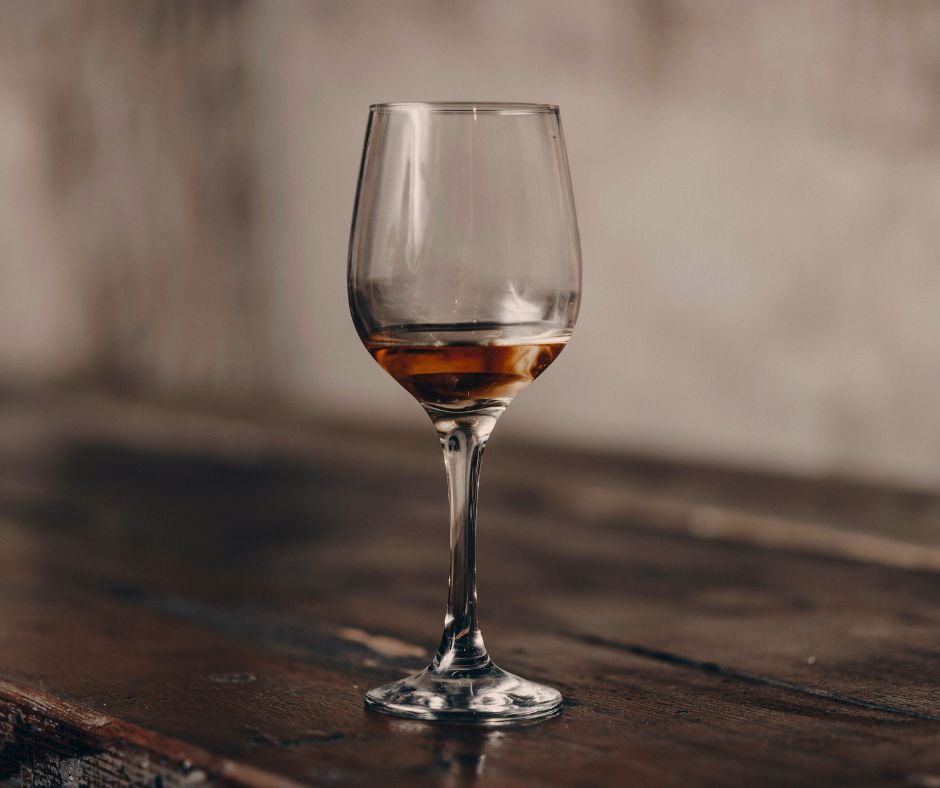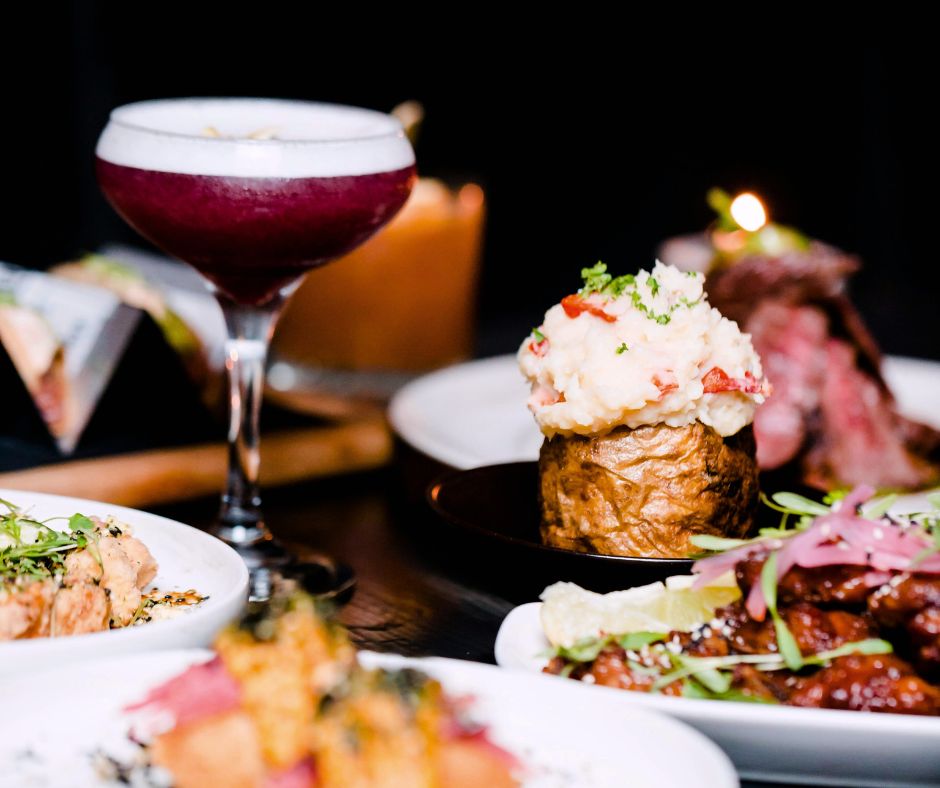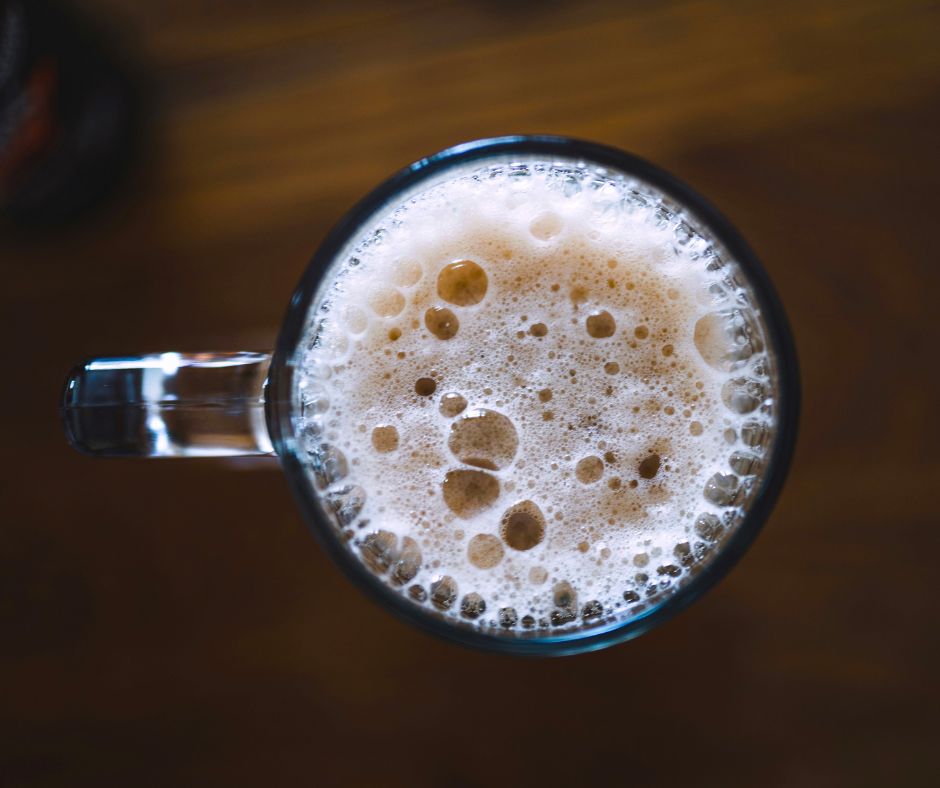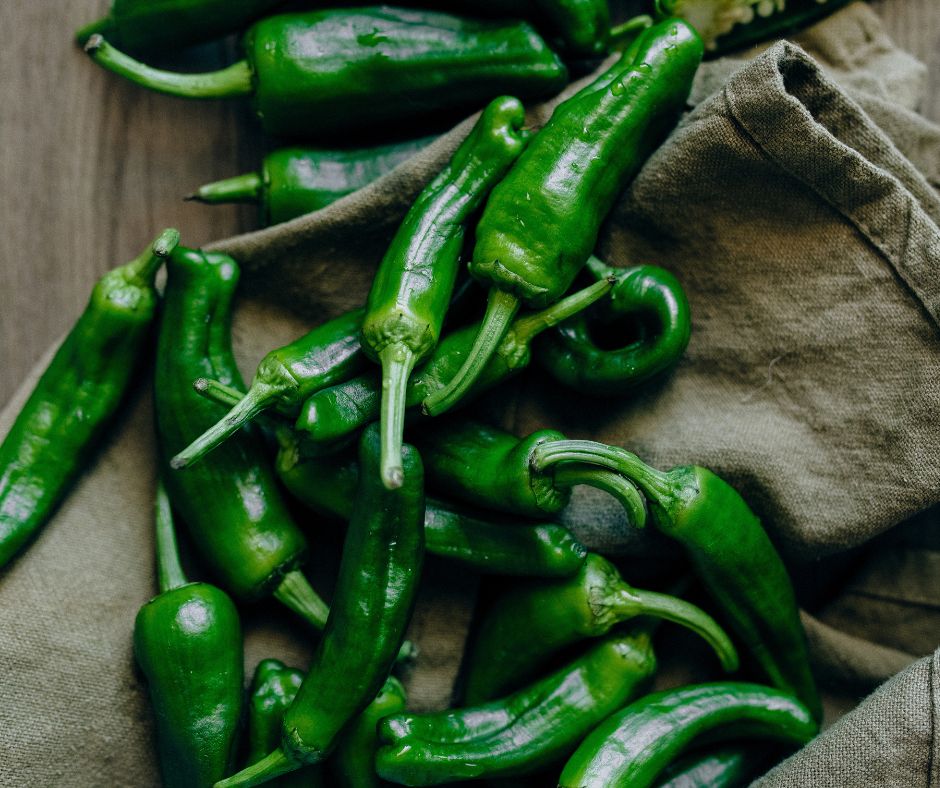For anyone who’s ever woken up after a night of wine tasting with a pounding headache, the first instinct is often to blame sulfites. It’s one of the most enduring myths in the wine world — but the reality is far more complex (and way more interesting). In fact, the real reasons behind wine headaches are a blend of biochemistry, wine style, and even labeling laws. Let’s unpack the truth.
Sulfites: Misunderstood and Over-blamed
Sulfites are a natural byproduct of fermentation. All wines — whether they come from a small family vineyard in Burgundy or a giant California winery — contain some level of sulfites. Winemakers also often add a controlled dose to preserve freshness and protect against spoilage.
The thing is: sulfite sensitivity is incredibly rare — it affects less than 1% of the population, and most of those people have severe asthma. For the vast majority of drinkers, sulfites are harmless.
Want proof? Ever eaten dried fruit? Those contain way more sulfites than wine does. Yet few people blame apricots for their headaches.
The Real Culprits: A Perfect Storm of Factors
So if sulfites aren’t the villain, what is? Wine headaches (especially the ones tied to American wines) are more likely caused by:
1. Alcohol Variation (It’s Higher Than You Think)
In the USA, winemakers have a generous tolerance range when labeling ABV (alcohol by volume). Wines under 14% ABV can legally be off by up to ±1.5% — meaning your “13.5%” bottle could actually clock in at 15%. Wines over 14% get a ±1% cushion.
This matters because higher alcohol means faster dehydration and more vasodilation (widening of blood vessels) — both direct pathways to headaches.
In Europe, the tolerance is much tighter (only ±0.5%), so you generally know exactly what you’re getting. This is one subtle reason Old World wines may feel gentler the next day.
2. Histamines (Red Wines Hit Harder)
Histamines are natural compounds produced during fermentation. They’re found in lots of fermented foods — aged cheeses, cured meats, and wine. People who are histamine-sensitive (common with migraines) may get sinus pressure, flushing, or headaches after drinking histamine-rich wines — especially reds.
3. Tyramine (The Sneaky Trigger)
Tyramine is a biogenic amine that also forms during fermentation and aging. It’s been linked to migraines, particularly in people who already have vascular sensitivity. Like histamines, reds tend to have more tyramine than whites.
4. Tannins (That Drying Grip)
Tannins, the compounds from grape skins, seeds, stems, and oak barrels, are part of what gives red wine its structure. But they also affect serotonin levels — and fluctuating serotonin can trigger headaches in some people. If you notice your headaches skew toward bold reds, tannins could be the issue.
5. Prostaglandins (Your Body’s Own Reaction)
This is the wild card. Alcohol consumption triggers the release of prostaglandins — natural compounds that can spark inflammation and pain. Some people’s bodies overreact to even a small amount of alcohol, making wine headaches nearly inevitable.
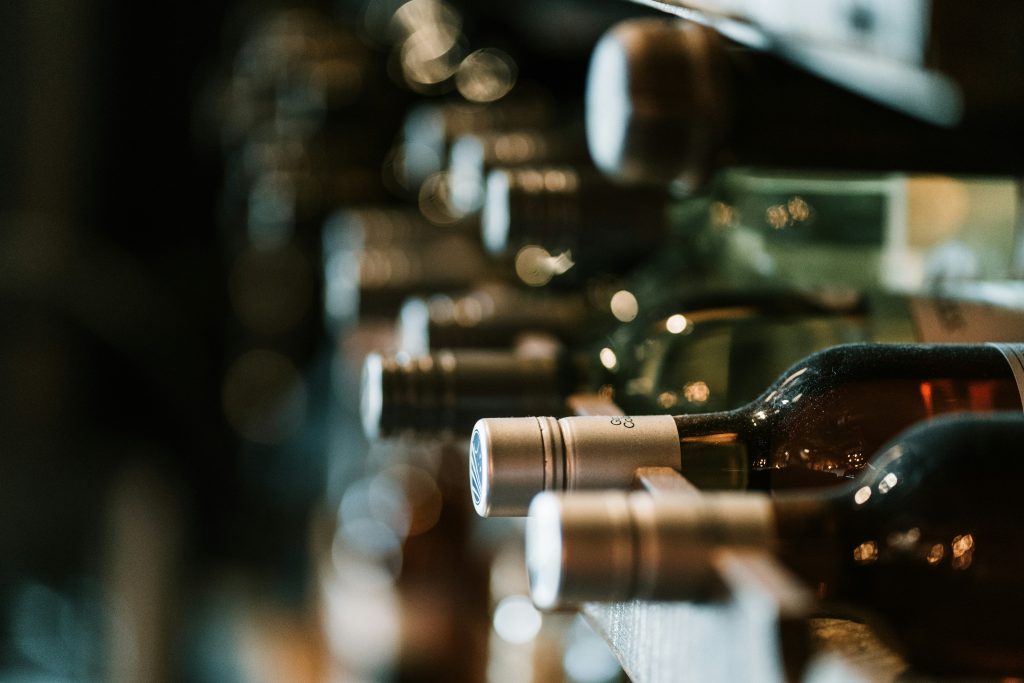
Why American Wines Get Blamed More
It’s not just chemistry — it’s also culture and style. Compared to many Old World wines, American wines tend to:
- Be higher in alcohol (thanks to riper fruit and that looser labeling tolerance)
- Be more fruit-forward with softer acidity, making them easier to drink faster (which accelerates alcohol absorption)
- Be served in larger pours (a 6 oz or 8oz pour is common in the U.S.; in Europe, you often get 5 oz as standard)
- Be labeled as containing sulfites because all wine sold in the USA must indicate the existence of sulfites to protect those with severe sulfite sensitivity.
Combine that with drinking wine without food — a common habit at parties, but rare in many European cultures — and you’ve got a headache cocktail brewing.
So What’s the Fix?
If you’re prone to wine headaches, here’s your game plan:
- Choose lower-alcohol wines (especially from Europe)
- Stay hydrated (one glass of water per glass of wine)
- Don’t drink on an empty stomach
- Be cautious with big, bold reds if you’re sensitive to tannins or histamines
- Don’t blame sulfites — it’s almost never them
The Takeaway
Next time someone says, “I can’t drink wine because of the sulfites,” you’ve got the perfect response: “Actually, it’s probably the alcohol, histamines, or tannins — let me explain.” Or just nod and say “hmmm”, it is hard to win this fight and you may simply wish to avoid it.
Sulfites? They’re innocent.



